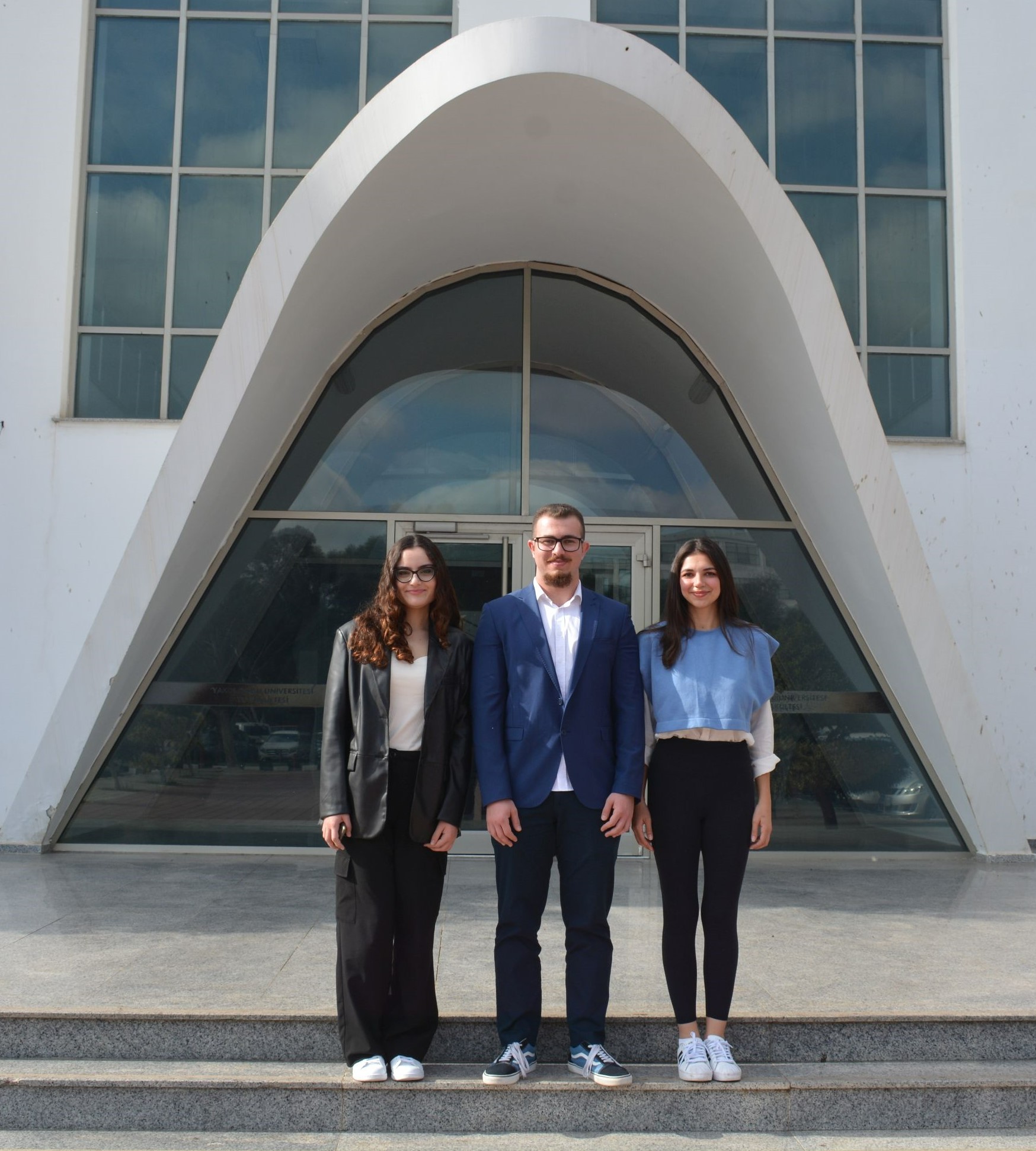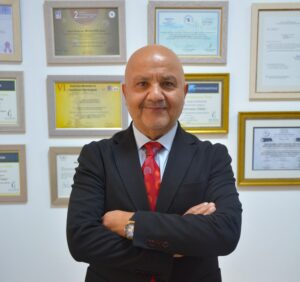
Although it was first detected in 1959, HIV, which was unidentified at that time, turned into one of the most important agenda items in the world due to its prevalence and the deaths it caused all over the world since the 1980s. Although HIV, which weakens the immune system by attacking it, caused the death of many people in the past, its lethality has been largely brought under control with developing medicine and modern drugs.
The studies carried out in cooperation with the Near East University Medical Students Association and DESAM Research Institute and Mathematics Research Center revealed the evolution of AIDS from 1959 to today and the current status of the disease in the world and in Cyprus with scientific data.
Scientific research on the subject was carried out in collaboration with Director of the Sexual Health and Reproductive Branch (SCORA) of the Near East University Medical Students Association and 5th year student Intern Dr. Selene Tuna, SCORA assistants İlke Aytan Dayı and Çağrı Bodur and Near East University Rector Prof. Dr. Tamer Şanlıdağ, Head of Mathematics Research Center Prof. Dr. Evren Hınçal, DESAM Research Institute researchers Dr. Nazife Sultanoğlu, Dr. Nezihal Gökbulut, Prof. Murat Sayan and Dr. Erdal Şanlıdağ.
The first of the studies announced on December 1, World AIDS Day, examined the prevalence of HIV in Cyprus and the demographic structure of people carrying the virus. In the second study, the differentiation process of HIV in the world was discussed.

HIV cases increased by 25 percent in the TRNC in the last three years!
Near East University students and academics, who analyzed the HIV cases seen in the TRNC and Cyprus from past to present, determined that the number of cases in the TRNC has increased by 25 percent in the last three years. The study revealed that the increasing trend in HIV cases across Cyprus will continue for 40 years.
As a result of the study based on the data of the ministries of health in Northern and Southern Cyprus, while it was stated that there was a 25 percent increase in HIV cases in the north of the island compared to the last 3 years, it was determined that the cases mostly consisted of foreign nationals. Also in the study it was revealed that the largest increase in cases seen in the TRNC between 2014 and 2021, occurred between 2020 and 2021.
In the Mathematical Modeling Study conducted, it was determined that 52.5 percent of the 40 HIV patients detected in the TRNC between 2016 and 2022 were infected with the B subtype of HIV-1. While it was stated that most of the cases detected in the Greek Cypriot side, as in the TRNC, belonged to the HIV-1 B subtype, it was emphasized that the A subtype was also beginning to be seen widely.
One patient infects 9 people with HIV in Cyprus!
Gender, mode of transmission and age parameters in HIV cases in Southern Cyprus were also analyzed with the mathematical modeling study carried out. In the study, it was noted that the majority of cases were men, and the majority were between the ages of 20 and 39. It was stated that the disease, which is largely transmitted sexually, also spreads from mother to baby through intravenous drug use or blood transfusion. A 100-year projection was also made with the mathematical model created to predict the future course of HIV cases in the south of the island. According to this, while a significant increase in HIV cases is predicted between 2023 and 2063, it was determined that the rate of increase will decrease after 2063. The results showed that the HIV epidemic in the south will continue to increase for another 40 years under current conditions, and then the rate of increase will continue to slow down. Another important finding in the study was that each patient on the island transmitted HIV to 9 people. The HIV dynamic can change with effective combat methods such as increasing the prevalence of testing, facilitating access to medicine, and the introduction of new therapeutic vaccines.
More details about Southern Cyprus were included in the studies carried out at Near East University. The main reason for this situation was shown as “insufficient official data recording” on the TRNC side.
HIV/AIDS is still a serious global public health problem!
In the second study examining the differentiation process of HIV in the world, 100 thousand separate HIV genomes recorded from 1959 to 2019 were analyzed. Accordingly, it was determined that HIV divided into new subtypes over time, and this created a significant difficulty in controlling the disease and developing a vaccine. Stating that the World Health Organization has a goal of ending the pandemic by 2030, DESAM Research Institute Founding Member Prof. Dr. Sayan said, “WHO data shows that HIV/AIDS is still a serious global public health problem and effective interventions must continue. While the World Health Organization, together with its national and international partners, continues its efforts to end this epidemic, ongoing research and innovations in the fight against HIV/AIDS offer promising developments for the future of the virus. However, it should not be forgotten that globally coordinated efforts and continuous innovative approaches are required to achieve success in this struggle.”

Rector of Near East University, Prof. Dr. Şanlıdağ, emphasized the importance of students being essential parts of scientific studies carried out by collaborating together with researchers and academicians and said, “Multidisciplinary studies carried out by our research centers with different specialties, which also provide space for our students, constitute an important part of the scientific production carried out on our campus. The studies carried out by the Near East University Medical Students Association together with DESAM Research Institute and our Mathematics Research Center are a concrete example of this.”
“Scientific studies that address social problems with realistic findings also shed light on solutions. We will share our HIV/AIDS reports completed within our university with the relevant public institutions in a short time.”